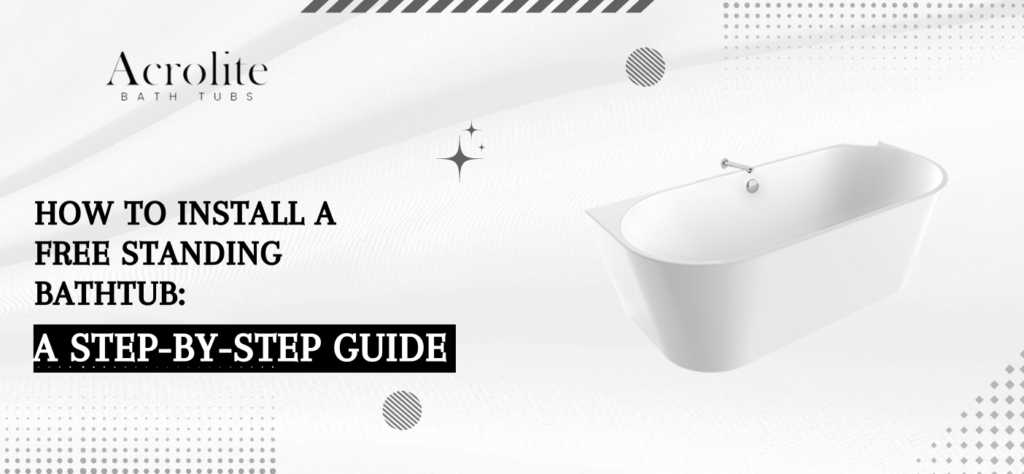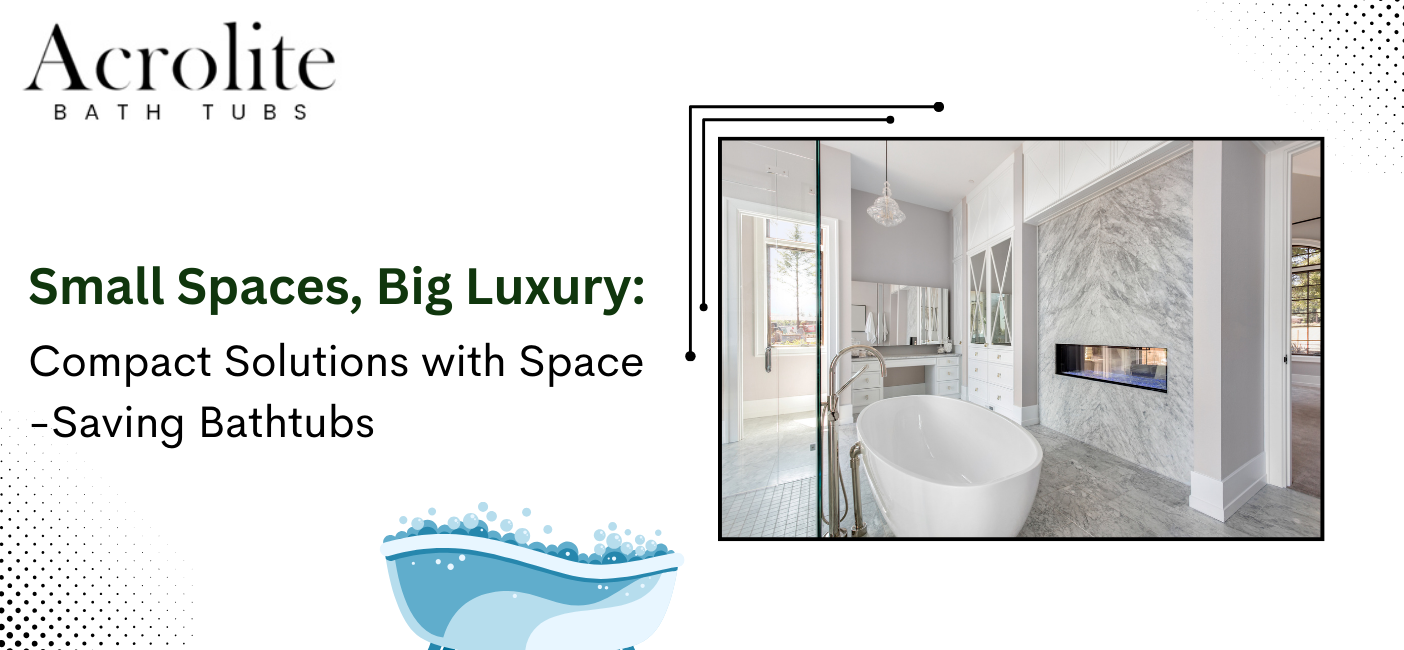Types of Free Standing Bathtubs: Which One Is Right for You?
Transforming your bathroom into a luxurious retreat starts with choosing the perfect centerpiece. Free standing bathtub has become increasingly popular among homeowners seeking to create a spa-like experience in their own homes. These elegant fixtures not only serve as functional elements but also act as stunning focal points that elevate the entire bathroom aesthetic.
Unlike traditional built-in tubs, freestanding models offer unparalleled design flexibility and can be positioned anywhere in your bathroom space. Whether you’re renovating an existing bathroom or designing a new one, understanding the different types available will help you make an informed decision that suits your lifestyle, space, and budget.
Understanding Different Bathtub Materials
Acrylic Construction
Acrylic stands out as one of the most popular materials for modern bathtubs due to its lightweight nature and excellent heat retention properties. These tubs are easy to clean, resistant to stains and scratches, and come in various colors and finishes. The smooth surface feels comfortable against the skin and maintains water temperature longer than many other materials.
Cast Iron Options
Cast iron tubs represent the epitome of durability and heat retention. These heavy-duty fixtures can last for decades with proper care and provide exceptional temperature stability. While they require additional floor support due to their weight, they offer unmatched longevity and a classic aesthetic appeal.
Stone and Composite Materials
Natural stone and engineered composite materials provide a luxurious, high-end appearance. These materials offer excellent durability and unique visual appeal, though they typically come with a higher price point and may require special installation considerations.
Popular Freestanding Bathtub Styles
Clawfoot Elegance
The timeless clawfoot design brings vintage charm to any bathroom. These elevated tubs feature decorative feet and create an airy feeling in the space. They work particularly well in traditional and transitional bathroom designs, offering both style and functionality.
Modern Rectangular Designs
Contemporary rectangular tubs provide clean lines and a minimalist aesthetic. These designs complement modern bathroom layouts and offer generous soaking space. Their geometric form makes them ideal for creating a sleek, uncluttered appearance.
Oval and Round Variations
Curved designs soften the bathroom’s overall look and create a more organic feel. Oval tubs often provide comfortable ergonomic support, while round models can serve as dramatic statement pieces in larger bathroom spaces.
Japanese Soaking Tubs
These deep, compact designs maximize water depth while minimizing floor space requirements. Originally inspired by traditional Japanese bathing culture, these tubs focus on full-body immersion and relaxation.
Advanced Features and Technology
Therapeutic Benefits with Massage Systems
Modern massage bathtub options incorporate advanced hydrotherapy features that provide therapeutic benefits beyond simple relaxation. These systems use strategically placed jets to deliver targeted water pressure, helping to relieve muscle tension, improve circulation, and reduce stress levels.
Air jet systems create a gentle, effervescent massage experience, while water jet systems provide more intense therapeutic pressure. Some models combine both technologies for a customizable spa experience at home.
Smart Technology Integration
Today’s advanced models may include digital temperature controls, chromotherapy lighting, and even smartphone connectivity. These features allow users to customize their bathing experience and create the perfect ambiance for relaxation.
Size and Space Considerations
Measuring Your Bathroom
Before selecting any model, carefully measure your available space, considering not just floor area but also ceiling height and door clearances. Remember that you’ll need adequate space around the tub for cleaning and maintenance access.
Weight and Structural Requirements
Different materials have varying weight requirements. While acrylic models are relatively lightweight, stone or cast iron options may require reinforced flooring. Always consult with a structural engineer if you’re unsure about your floor’s capacity.
Plumbing Placement
Consider existing plumbing locations or budget for rerouting water supply and drainage lines. Some designs offer more flexibility in plumbing placement than others, which can significantly impact installation costs.
Installation and Maintenance Factors
Professional Installation Benefits
While some handy homeowners might consider DIY installation, professional installation ensures proper water connections, drainage, and structural support. This investment protects against potential water damage and ensures optimal performance.
Long-term Care Requirements
Different materials require varying levels of maintenance. Acrylic surfaces are generally low-maintenance, requiring only regular cleaning with non-abrasive products. Natural stone may need periodic sealing, while cast iron might require occasional refinishing.
Making Your Final Decision
When choosing between different types of free standing bathtubs, consider your specific needs, lifestyle, and long-term goals. Think about how often you’ll use advanced features like massage systems, whether you prefer quick soaks or long relaxation sessions, and how the tub will complement your overall bathroom design.
Quality manufacturers like Acrolite Bathtubs offer various options that combine durability with innovative features, ensuring you’ll enjoy your investment for years to come. Consider visiting showrooms to experience different models firsthand, as the feel and comfort level can vary significantly between designs.
Your perfect bathtub should balance functionality, aesthetics, and budget considerations while providing the relaxation and luxury you desire in your personal sanctuary.






